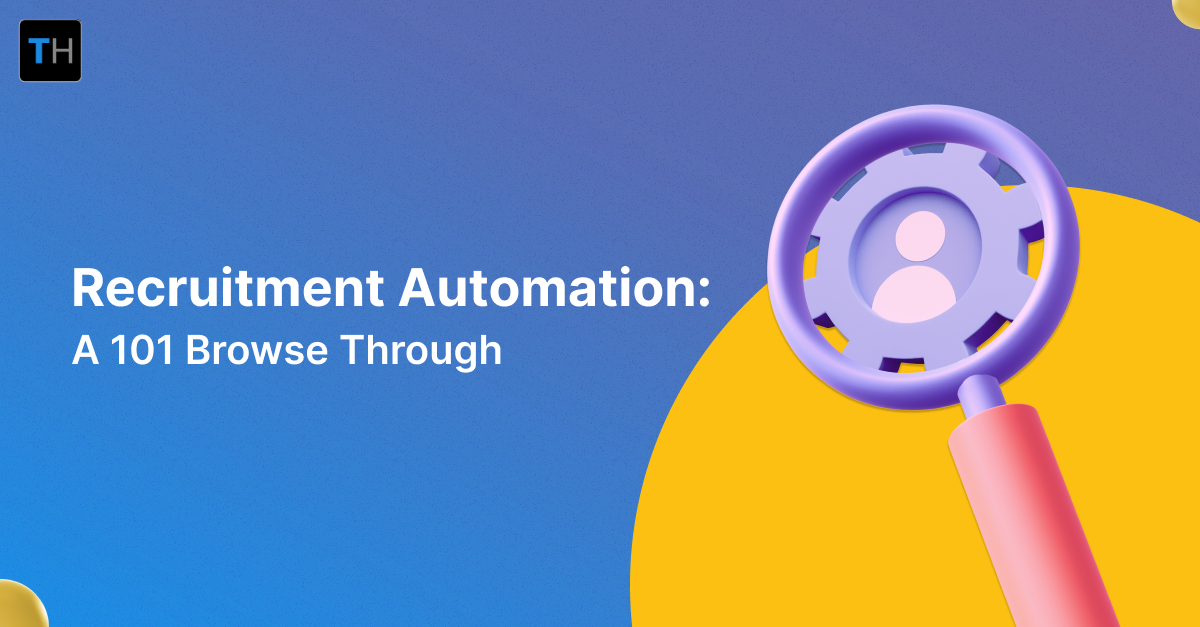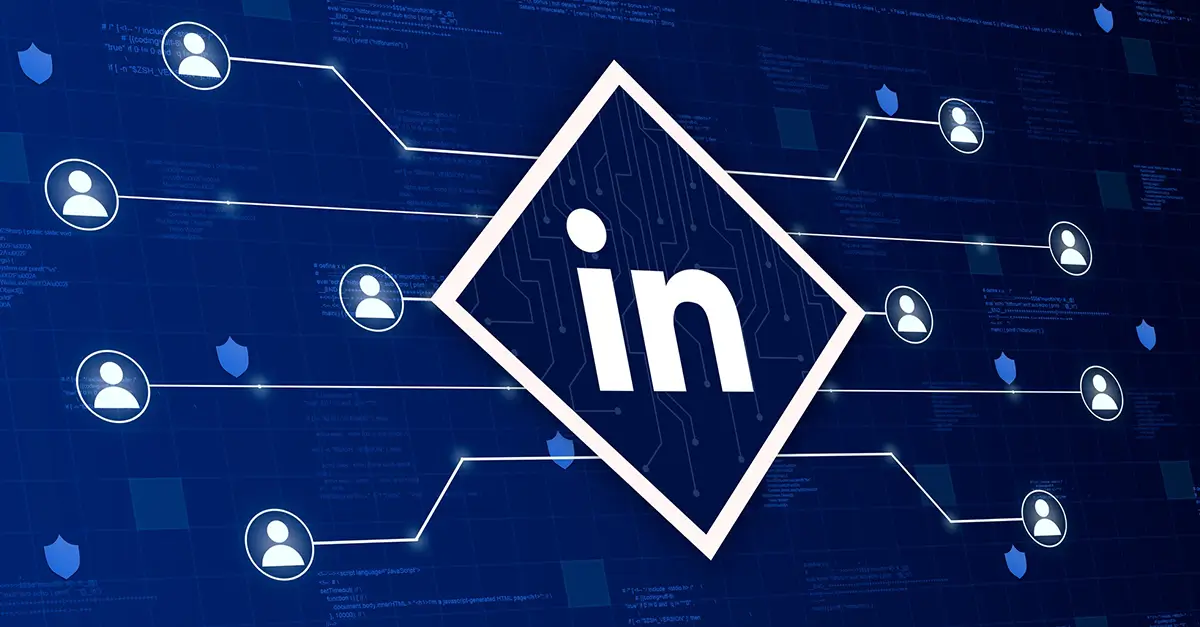You have found the ideal candidate and you cannot wait for them to accept your job offer. However, you find that they have not yet responded back. Now how great it would be if all your ideal candidates would agree to join your team, well that is not the case nowadays. This is a problem that most recruiters worldwide are facing and it has become important to understand the pain points and work on them. To help out recruiters to solve this problem, here is a guide on improving the offer-to-joining ratio and how it can affect the overall company’s reputation.
What is an offer-to-joining ratio?
An offer-to-joining ratio can be said to be the ratio of the number of candidates that accept a formal offer in relation to the number of job offers extended to the candidates multiplied by 100. A high percentage indicates how the offers extended by the organization are accepted by almost every candidate and that the organization is able to fulfill all the needs of the candidates. This in turn will also indicate how effective the talent acquisition strategy is when it comes to hiring quality candidates.
The offer-to-joining ratio can also be divided into two subsequent parts such as:
1. Offer-to-acceptance ratio
This ratio indicates how many candidates have decided to accept the job offers as compared to those extended by the organization.
2. Offer acceptance-to-joining ratio
This ratio indicates the number of candidates that have accepted the offer and have decided to join the organization.
Reasons for low offer-to-joining ratio
A very good way to understand why the offer-to-joining ratio is dripping would be to understand the drawbacks or the reasons that are causing the same. Here are some of the reasons why the candidates have decided to turn down your job offer:
- They need to commute for a long period of time
- They were looking for a better negotiation while receiving the job offer
- They received a better offer somewhere else
- They did not like the work culture followed by the organization
- They were not sure about leaving their current job that they have
- They had a very bad candidate experience
- They did not see any challenge, growth, or opportunity in the role they were offered.
Apart from these reasons, there are also other reasons such as personal reasons where the timing of the organization might not be in sync with the candidate’s expectations. Such personal reasons, while they are outside your control can also affect the decision taken by the candidate.
How to improve the offer-to-joining ratio
Now that the challenges have been understood, it is important to look for ways to improve the offer-to-joining ratio and some of them can be provided as follows:
1. Candidate experience
Good candidate experience is one of the top conditions to get a higher offer-to-joining ratio. Candidate experience can also be said as the process in which the recruiters try and create experiences for the candidates through which they learn a lot of new things. However, when a candidate faces a bad candidate experience, it becomes hard to decide whether to work for the organization or not. It is hence important to focus on providing the best candidate experience, especially while conducting the interviews.
2. Competitive rewards
Every organization struggles to catch up to the expectations placed by the candidates. However, if you want to ensure that a good quality candidate is joining your organization, you need to ensure that you are ready to provide competitive rewards as per the industry. What you offer to your candidates is highly relevant as they will also be checking out other organizations and the expected pay ranges. If it is found that the organization provides a lower compensation than expected then it might affect the candidate’s decision.
3. Smooth onboarding processes
Candidates like to indulge in a smoother onboarding process than those who need a lot of documents to be submitted and a lot of calls to be made. Employee onboarding is the most crucial stage as it is not just handing over some documents and letting them take over the position. Instead, the onboarding process is so much more where the recruiter will need to introduce the work culture, the systems, and the values followed by the organization to the candidate. It helps the candidate to understand more about the organization which helps them to make a decision.
Wrapping up
While the methods mentioned in this guide on improving the offer-to-joining ratio may help a lot of recruiters, they might not really work wonders for others. This is because each organization has needs of its own. It is hence important to find the issues faced by the organization first and then look at ways to improve these issues. An ebook on how to improve the offer-to-joining ratio will also help understand the various issues in detail and how they can be solved.















































